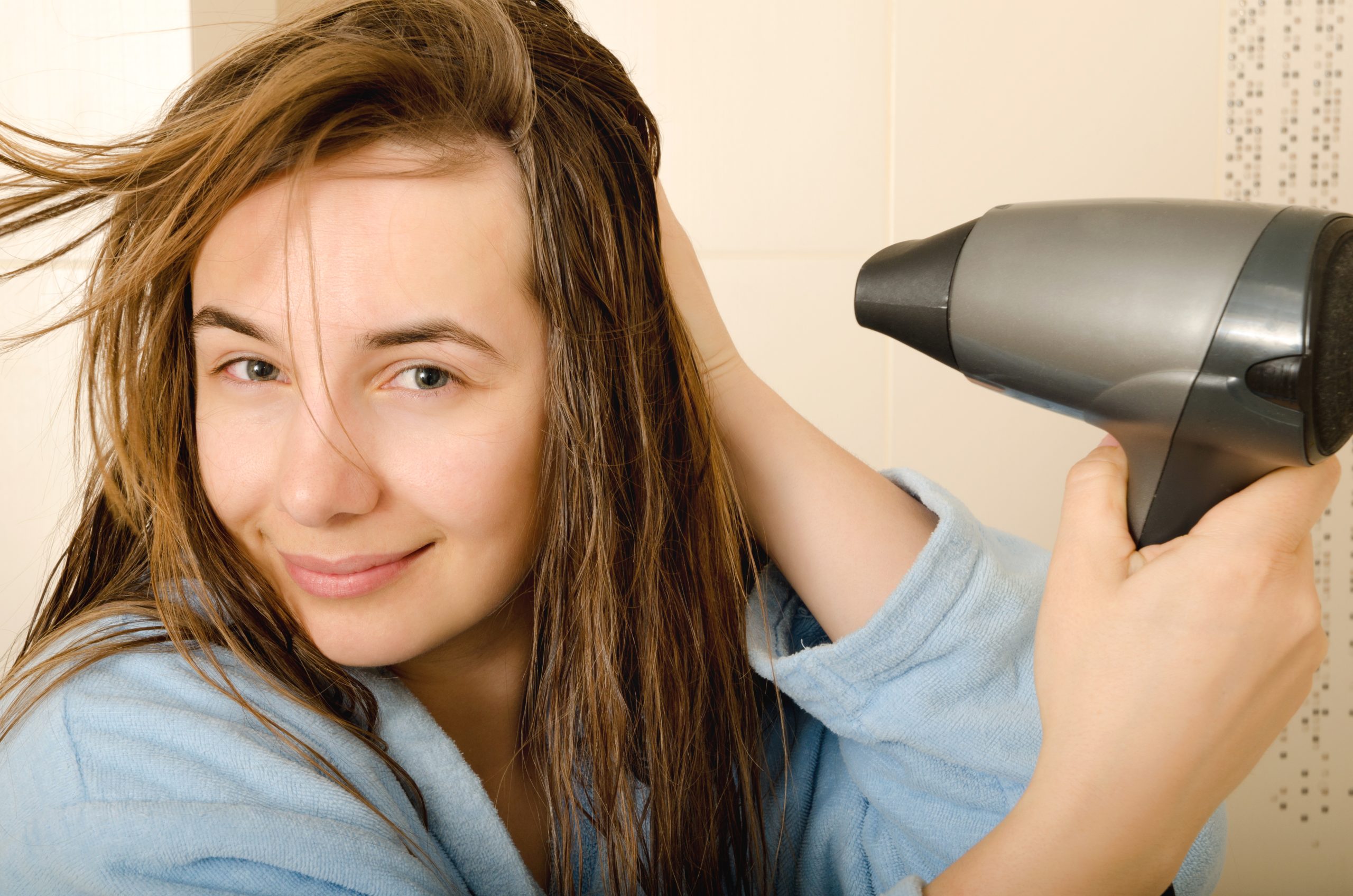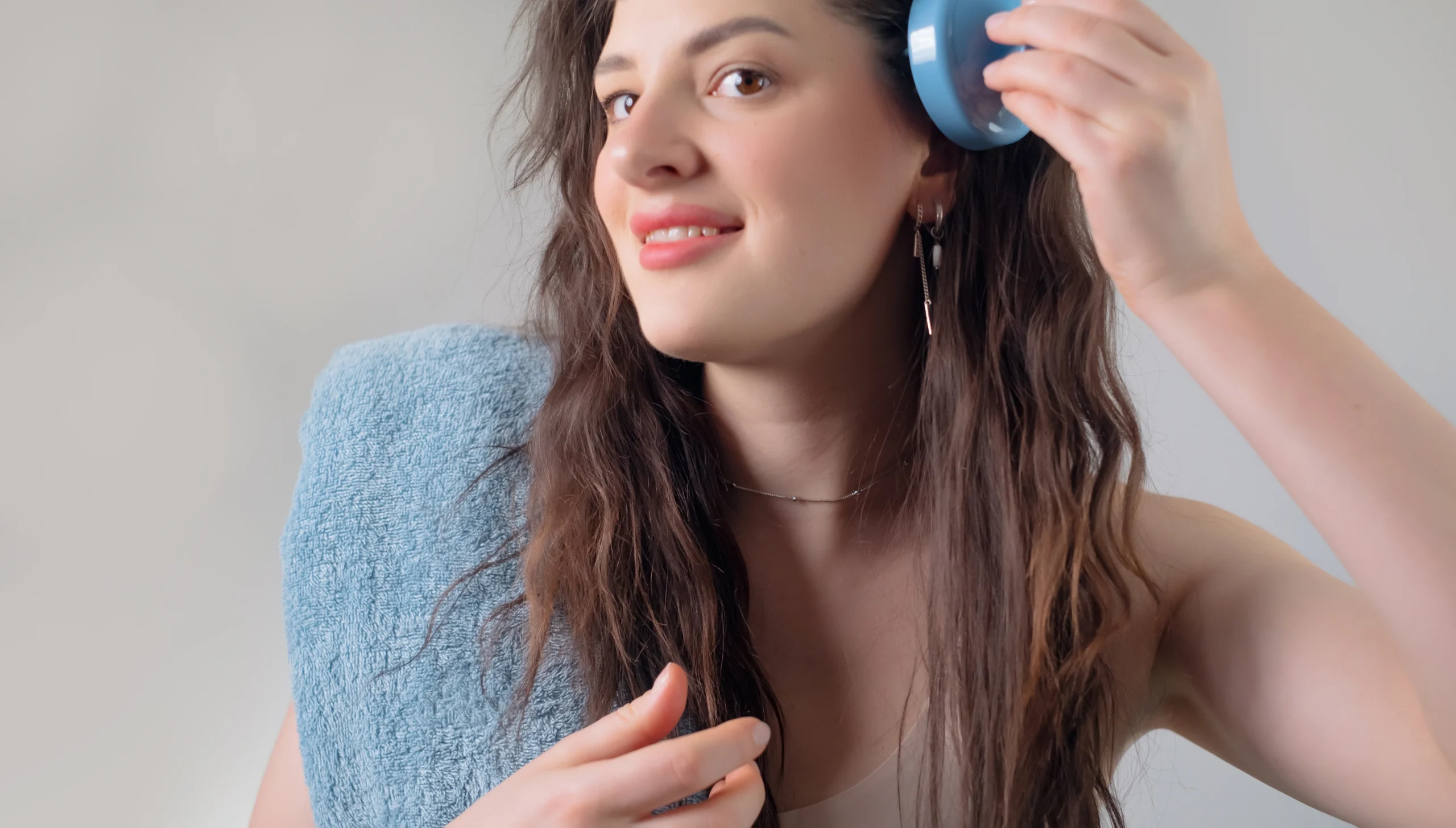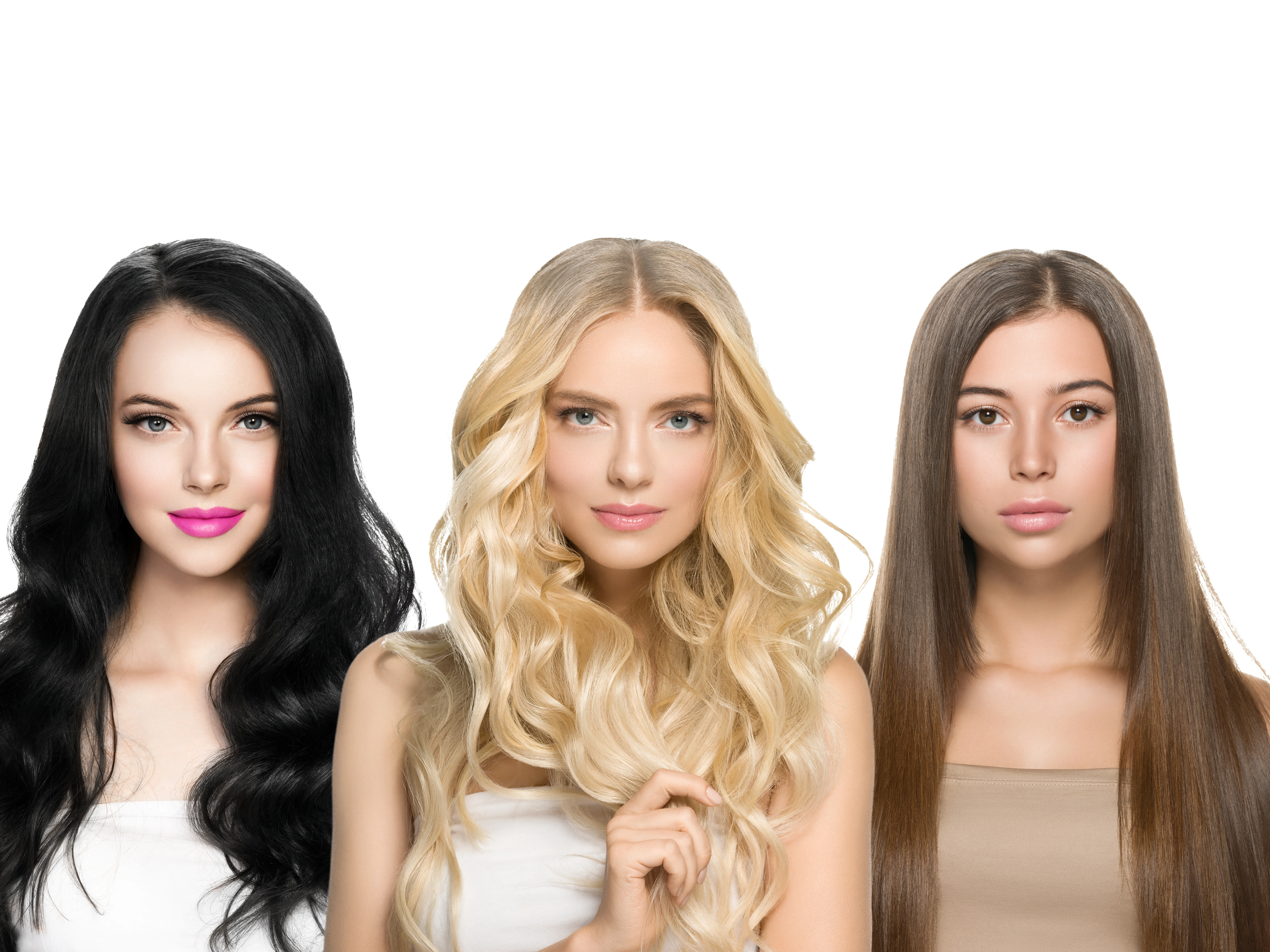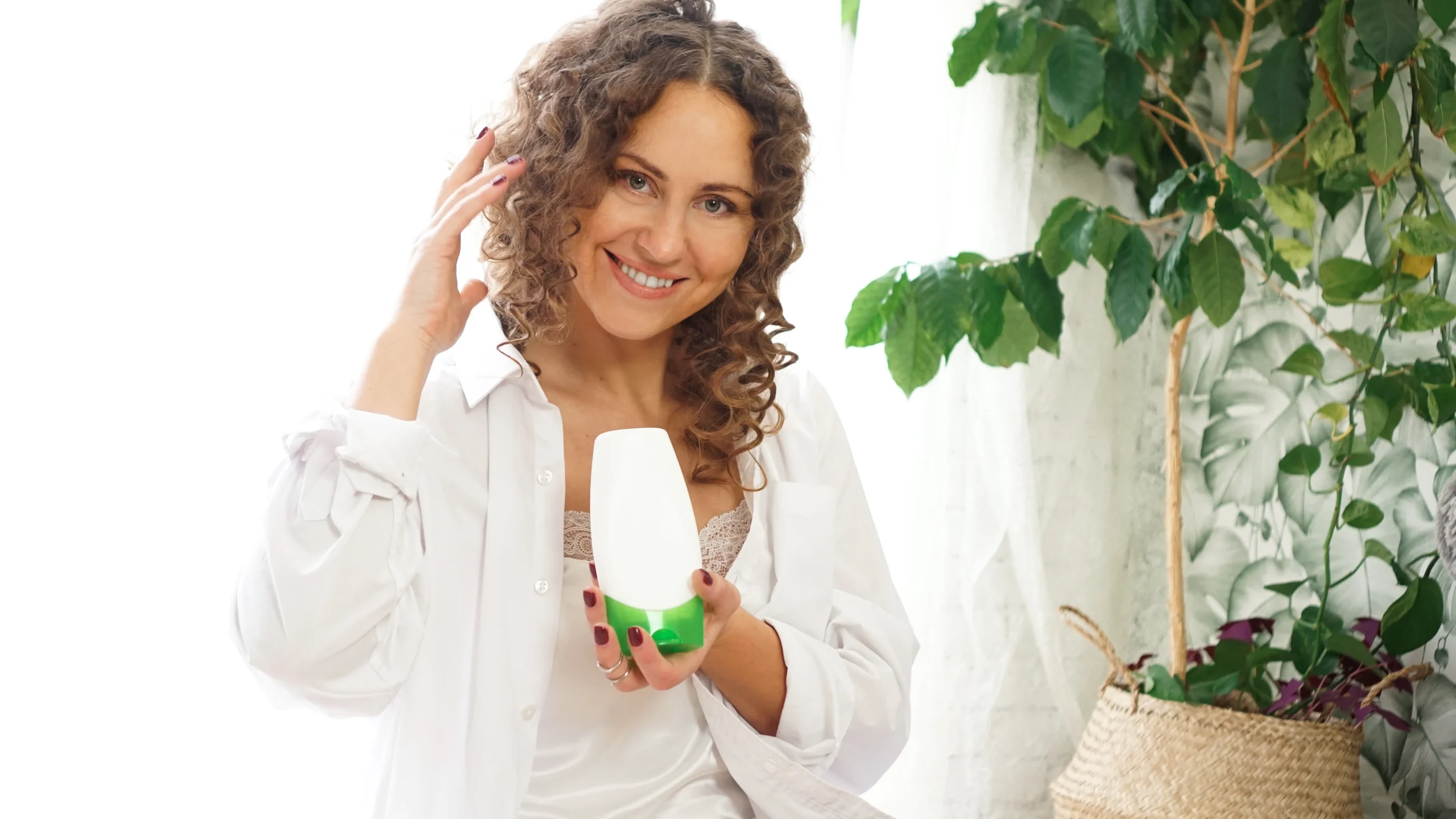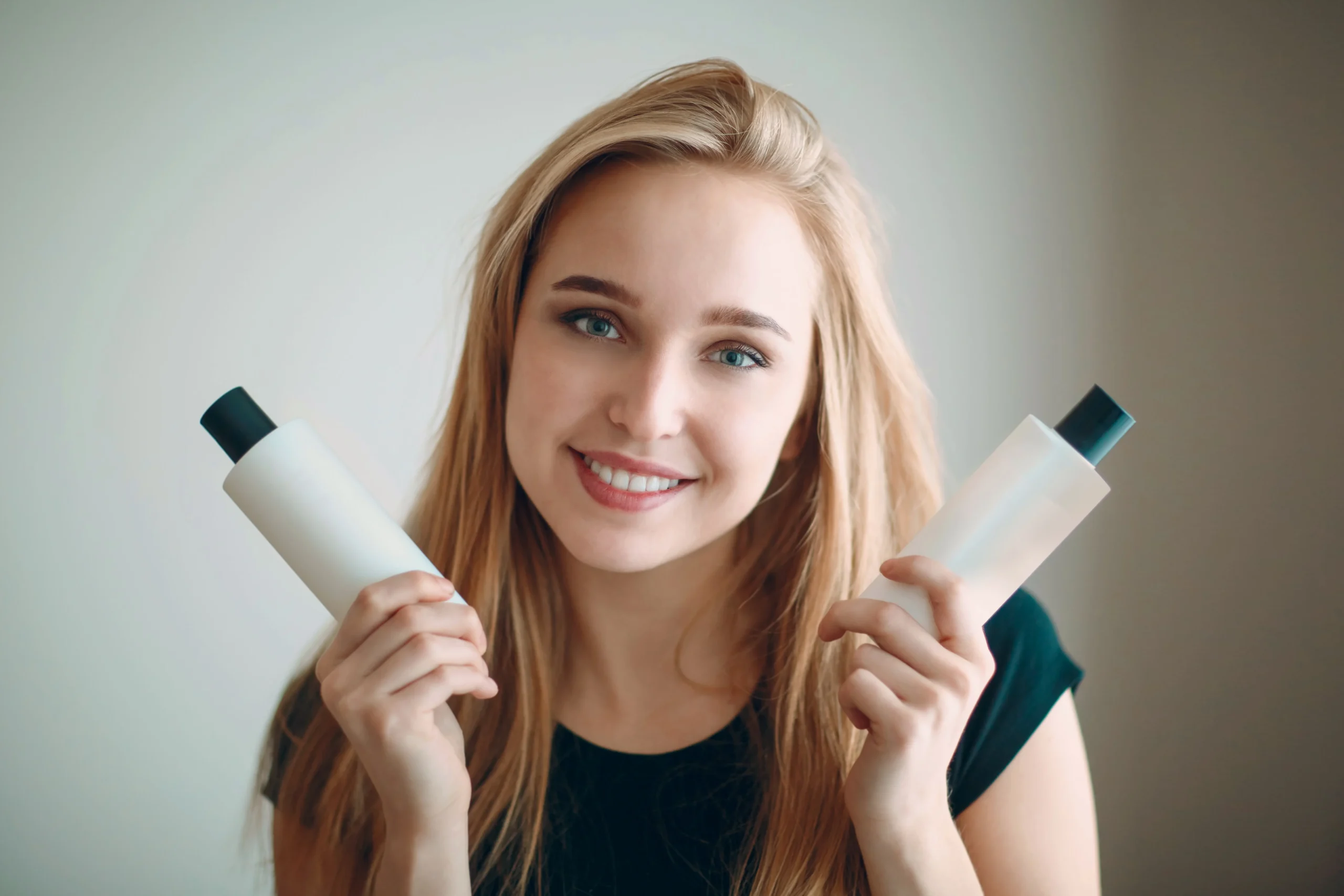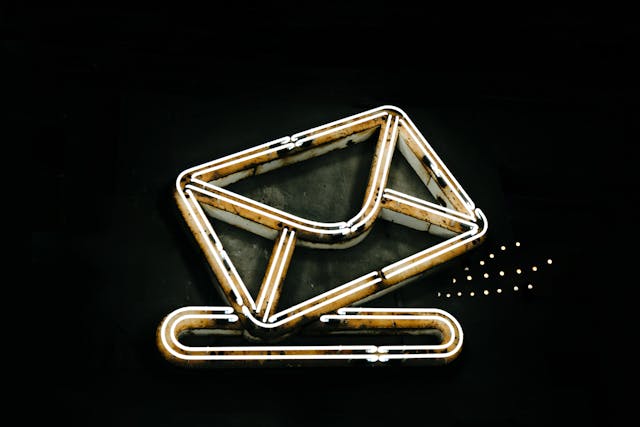The Best Way to Dry Hair Without Damaging It
Finding the best way to dry hair without damaging it in 2025 is more important than ever, especially now that many people realize that daily habits and long-term health are interconnected. Blow-drying your hair incorrectly can strip it of its natural oils, cause split ends, increase frizz, and increase the risk of breakage. However, by taking some conscious steps and understanding how water, air, and heat interact with your hair, you can maintain its structure and even enhance its texture and strength. Whether you towel dry, blow dry, or let your hair dry, this guide will cover everything you need to know to protect your hair. Say goodbye to brittle hair and hello to shiny, nourished hair- without sacrificing time or style.
Understanding The Hair Drying Process
Drying your hair often seems like something you’ve done, usually without thinking about it. But in reality, It’s a delicate process that involves the interaction of your hair structure, moisture levels, and external influences like heat and friction. Hair is most vulnerable when wet, and how you treat it during this time can determine whether it remains healthy or becomes damaged.
When hair is wet, the protective layer, known as the cuticle, opens, exposing the inner cortex. This makes the hair elastic, but it is also quite fragile. Drying it quickly with a towel or using hot air can damage the hair structure and weaken it. Over time, repeated exposure to this process strips the hair of its proteins and natural oils, leaving it dry and brittle. The key is maintaining the hair’s moisture balance and drying it slowly and carefully.
What Happens If You Dry Your Hair Incorrectly?
Drying your hair the wrong way not only causes a bad hair day but also causes long-term damage. For example, harsh toweling can cause the hair’s cuticle layer to lift, leading to frizzy and brittle hair. Using an overly hot blow dryer can quickly strip the moisture from your hair, leaving it brittle and dry. Repeated air drying without proper detangling can result in tangles and weakened ends.
Common signs of hair damage from blow drying include loss of shine, split ends, uncontrollable frizz, thinning hair, and excessive hair loss. If your hair often feels rough or loses its natural shine, your blow-drying habits are to blame.
The Science Behind Wet Hair And Breakage
Hair is made up of a strong protein called keratin. However, when hair is wet, the hydrogen bonds within the keratin are temporarily weakened. This makes the hair more elastic and prone to stretching. Although wet hair may feel strong, it can break very easily.
Water swells the cuticle layer, making hair more brittle. This is why wet hair must be handled carefully, using a comb or gently loosening it with your fingers. Stressing your hair through friction or heat can cause long-term damage. Drying your hair properly means understanding and playing with this temporary vulnerability, not against it.

The Best Way To Dry Hair Without Damage: A Step-by-Step Guide
Drying Your Hair gently starts with the right attitude and ends with the right tools. The best way is to start right after showering. Patience, the proper technique, and regular practice are the keys to success.
Hair Care Routine After Bathing
After washing your hair, gently pat it dry with a towel to remove excess water. Instead, squeeze it gently with your hands. This maintains the hair’s structure and causes less mechanical stress.
Next, use a leave-in conditioner or detangling spray. These protect hair from external damage and keep the cuticles smooth and healthy. Start by gently working your way up from the ends of your hair, using your fingers or a wide-toothed comb to loosen tangles. Avoid using a brush, as it can pull and break wet hair.
Understanding your hair’s porosity is essential. High-porosity hair absorbs water quickly but loses it just as quickly. Low-porosity hair absorbs less water and dries slowly. Your drying method should match your hair’s porosity, ensuring it is neither too dry nor overly moist.
How To Use A Towel Correctly
Changing how you use towels is the best way to dry your hair without damaging it. Traditional bath towels can be rough and cause damage to cuticles. Instead, use microfiber towels or old cotton T-shirts. They are much softer on your hair and reduce frizz.
Wrap your hair loosely, not tightly. Don’t put too much pressure on your head if you need to wrap it. Please don’t rub it with a towel, but gently blot it. Cover your hair with a towel for 10- 15 minutes, then let it air dry or use a hair dryer. This will reduce the time it takes to blow-dry and expose your hair to less heat.
Air Drying vs. Blow-Drying: Which Is Healthier?
One of the most debated questions in hair care is, “Is air drying better for your hair?” The Truth is that both methods have pros and cons, and the best way to dry your hair without damaging it depends on how you use the technique. While simply leaving your hair wet for hours or quickly drying it with hot air may seem like a natural or quick solution, over time, these can affect the health of your hair.
While air drying is relatively gentle, it is not always ideal for all hair types or lifestyles. On the other hand, blow drying can be safe if done correctly and with the right tools and settings. It’s essential to understand how these methods work with your hair’s structure and condition to maintain its health and shape.
Benefits Of Air Drying
Air Drying is generally praised for its simplicity and low risk of damage, especially compared to high-temperature blow drying. When done correctly, it allows hair to dry slowly, retains natural moisture, and reduces breakage. It’s an excellent option for those with coarse, thick, or low porosity hair who don’t need to dry quickly.
First, gently blot excess water with a microfiber towel to air dry properly. Use a comb to detangle your hair and avoid leaving it wet for extended periods. Hair can be partially twisted or braided to reduce frizz and maintain a nice texture. It’s best not to run your hands through your hair too often while drying. This removes oils and creates uneven drying patterns.
However, leaving hair wet for too long can lead to hygroscopic fatigue. This occurs when hair swells and contracts as it repeatedly absorbs water, weakening it. Hair should ideally be air dried in a well-ventilated area and not wet for more than two hours to avoid this.
Safe Blow Drying Methods
Blow drying isn’t harmful but can be dangerous if misused. Controlling temperature, distance, and airflow is crucial when blow-drying to prevent hair damage. Always start by using a heat-protectant spray that protects the cuticle. Use a dryer with an adjustable temperature setting, and use the “cool” or “medium” setting if possible.
Keep the dryer at least six inches away from your head and move it around regularly rather than keeping the hot air in one spot. Use the nozzle attachment to focus the airflow and smooth the hair shaft. For curly or textured hair, it’s best to use a diffuser to maintain volume and texture.
Blow-drying by sectioning your hair and starting from the roots helps maintain hair structure and volume while reducing tangles. Finish with cold air to seal the cuticle, lock in shine, and reduce frizz. This step is crucial if you’re straightening or curling your hair.
When taken with proper precautions, blow drying can be safe and help maintain a professional look as long as it is not overused or regularly used at high temperatures.

Hair Type and Drying Requirements
Have you ever heard of hair being different? Understanding your hair type is crucial to drying it properly without damaging it. You must also consider the texture, density, porosity, and how your hair reacts to water and heat when it changes color. Tailoring your drying routine based on these specific needs will keep your hair looking its best and reduce stress.
Curly And Wavy Hair Drying Methods
Due to its structure, curly and wavy hair is more prone to dryness and breakage. Its natural curls often prevent the scalp’s oil from reaching it fully, so keeping it moisturized and soft is essential. Air drying is more beneficial for this hair type, especially with styling products that define the curls and lock in moisture.
To minimize damage, avoid toweling. Instead, use the “plopping” method, where hair is wrapped in a cotton T-shirt or microfiber towel to help hold the curl’s shape. Lock in moisture with a leave-in conditioner and light oil. If using a blow dryer, use a diffuser and set it to low heat, sectioning your hair as needed.
Air-drying curly hair with minimal movement helps maintain the curl pattern and reduces frizz. It’s best to dry upside down to add volume. Don’t brush wet or dry curly hair. Use only your fingers or a wide-tooth comb, especially when there’s conditioner in the hair.
How to Dry Fine, Thin, or Color-Treated Hair
Colored hair is more fragile and prone to breakage. This hair absorbs and loses moisture quickly, so extra care is needed when drying. Air drying can be suitable, but care must be taken to avoid flat or loose hair.
Start by using a lightweight volumizing mousse or root lift spray. Avoid heavy oils or serums that can weigh down your hair. Gently blot your hair with a soft towel and add volume by sectioning it with clips as you dry.
When blow-drying, use cool or low heat and a round brush to create a smooth, defined look on the body. Using a color-safe heat protectant is essential to prevent color fading and damage to the texture. Avoid over-drying, as this can cause brittle hair.
Rinsing with cold water after shampooing helps seal the cuticle, increases shine, and reduces porosity, especially for color-treated hair.
Tools That Help Dry Hair Without Damage
The best way to dry your hair without damaging it often depends on the right tools. The modern hair care market offers a range of advanced and damage-reducing tools, beyond towels and simple blow dryers, designed to meet different hair needs.
Microfiber Towels, Diffusers, And More
Microfiber towels are essential to any healthy hair care routine. Their fine fibers absorb moisture quickly and don’t damage the cuticle. They reduce frizz, breakage, and drying time. They’re not as rough as regular towels, making them ideal for everyday use and suitable for all hair types.
The blow dryer’s diffuser is ideal for curly or wavy hair. It distributes heat evenly, protects curl structure, and reduces frizz. The ionic dryer emits negative ions, helps seal the cuticle, locks in moisture, and leaves hair smooth and shiny.
Using them with a wide-tooth comb, anti-static brush, and detangling spray will help create beautiful styles while prioritizing hair health. Additionally, using a silk pillowcase or bonnet when hair is wet will reduce friction and tangles.
While investing in such tools may be initially expensive, they are more effective in preventing hair damage in the long run. Using each tool correctly will improve your blow-drying routine and overall hair health.
Diy Hair Drying Masks And Natural Protection Methods
Natural care can play a significant role in finding the best way to dry your hair without damaging it. Adding homemade hair masks and natural protectors to your drying routine will strengthen your hair from the inside out, helping to protect it from the effects of water and heat. These treatments increase hair elasticity, lock in moisture, and restore nutrients lost during styling and washing.
A mixture of aloe vera and coconut oil reduces frizz and maintains shine. Mix equal amounts and apply to towel-dried wet hair. Leave on for 30 minutes and rinse or use as a light leave-in. It moisturizes and forms a protective layer around the hair shaft.
The avocado and honey mask is excellent for coarse or damaged hair. Mash half an avocado and mix it with a tablespoon of raw honey. This mixture deeply nourishes the hair and restores moisture lost due to over-drying or coloring. Apply from mid-lengths to hair ends and leave for 20=30 minutes before rinsing.
Rich water spray is another easy and affordable option. Rich in amino acids and antioxidants, rich water can be a leave-in before washing. Spray all over wet hair after shampooing to strengthen hair and smooth cuticles.
Using this natural protectant once or twice a week will reduce the risk of breakage or loss of natural texture when blow-drying your hair. Over time, you’ll see less frizz. Fewer tangles and increased moisture retention—whether you air-dry or blow-dry.
Discover More Articles On Makeup And Beauty Here
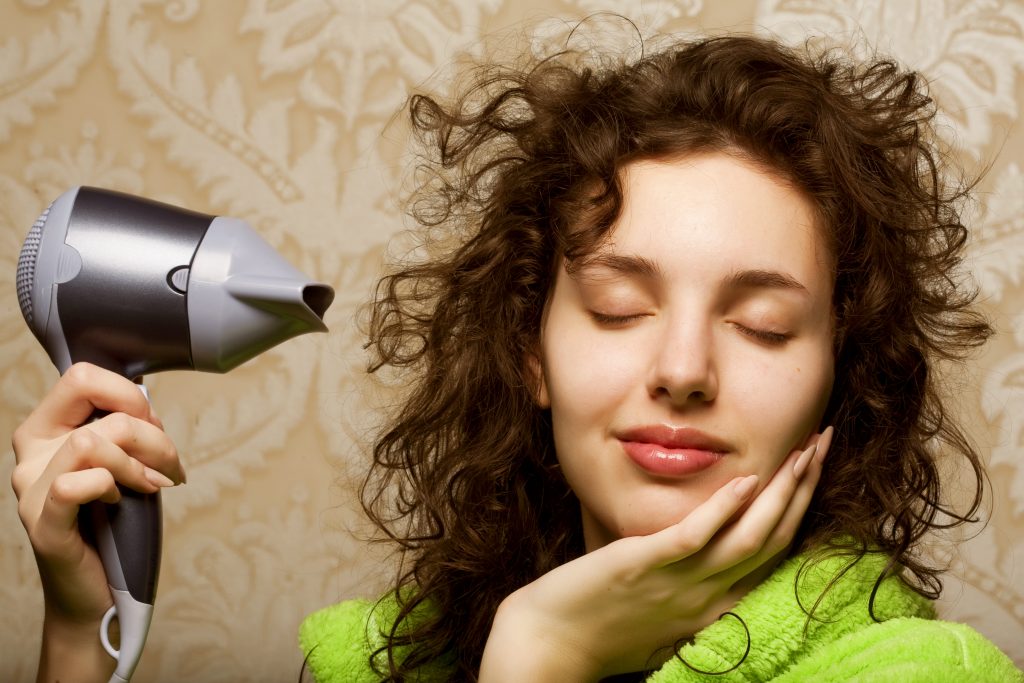
Final Thoughts: Best Way To Dry Hair Without Damaging
Knowing the best way to dry your hair without damaging it isn’t just a trend in 2025- it’s essential for long-term hair health and beauty. Understanding how wet hair behaves and using the right tools, methods, and natural protection can transform your drying routine from damaging to rejuvenating.
Patience is key. Whether you air-dry or blow-dry, the goal should be to protect the cuticle, lock in moisture, and support the hair’s natural structure. Take a gentle approach, invest in high-quality tools, and treat your hair with the same care as your skin.
Keeping your hair healthy doesn’t mean avoiding blow-drying; instead, it means learning how to blow-dry it properly. With the techniques in this guide, you can now blow-dry your hair to enhance its strength, shine, and beauty every day.

